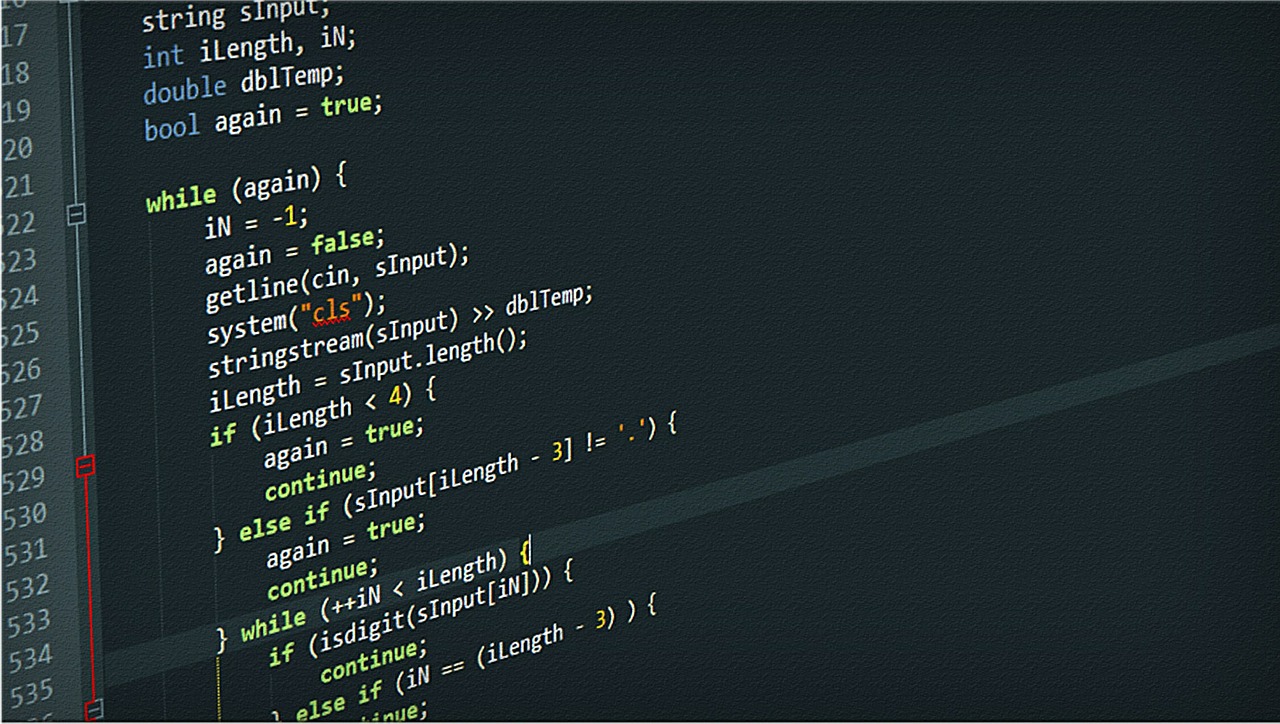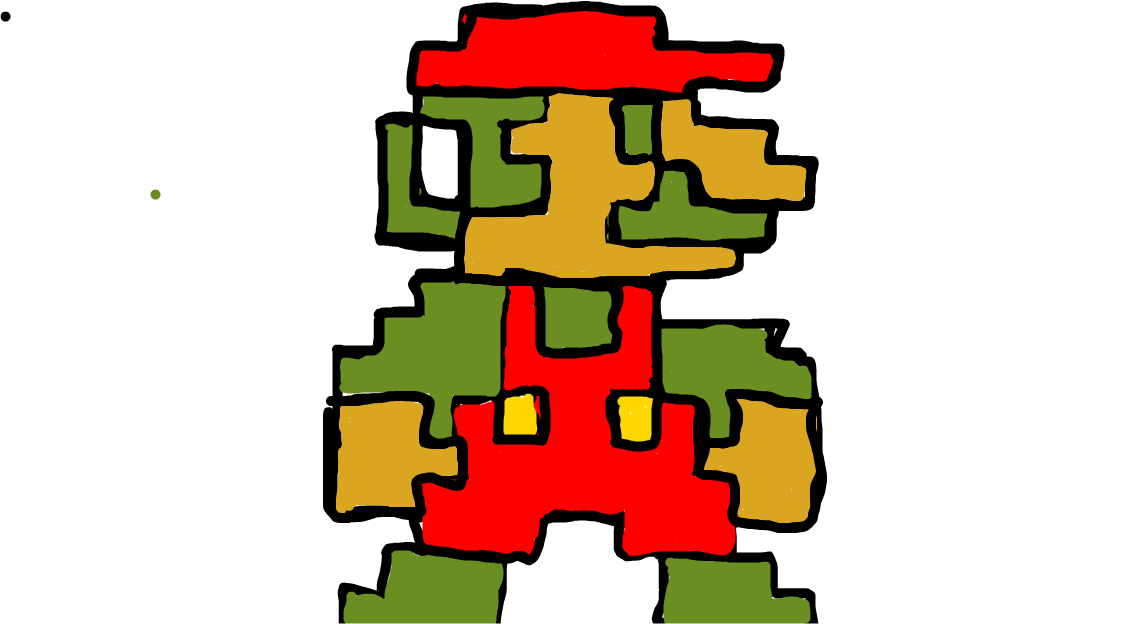
MBR partitioning

This is probably quite irrelavent for anyone nowadays I should've mentioned this before but whatever. I know this helped others so maybe it'll still be of some use. Say you had Windows XP, 7, Ubuntu, Fedora, and Arch Linux all on your computer and you wanted your /boot partition on a primary partition. I thought that couldn't be done seeing as Windows demands a primary partition. For each OS, plus the boot partition, and the recovery partition. That's already four primary partitions which are all the ones that you get. Can't even have the Linux partitions.
What to do:
- What I did to get around this was first of all disconnect any other hard drives on your computer because if Windows finds just a small opening elsewhere it'll start making partitions wherever it can.
-
Partition the drive on a live distro (might work in Windows but
seems easier to just do it from a live CD). Make a small primary
partition for the Windows boot partition. 1GB should be more than
enough. Make another for /boot again 1GB should be more than will
ever be needed. Then just make one huge extended partition.
Size Type Note 1GB Primary 1GB Primary Remainder Extended
Dual booting - UEFI

I tried this with Ubuntu 15.10 but I don't see why it shouldn't work with other versions or different distros.
I got a new laptop which came with a choice of either Windows 7 or 8. Of course, the first thing I wanted to do was install Linux but seeing as I'm going to school I figured I'd still need Windows. I found a lot of guides online all saying to install Windows then Linux I tried multiple times but it never seemed to work.
I can't fully recall but I think neither Windows nor Ubuntu cared to play ball. If I tried backwards compatible CSM(Compatibility Support Module) I think Ubuntu would ignore it and try to install as if CSM were disabled. And if I disabled that and with or without secure boot Windows wasn't having that either.
Out of frustration I tried Ubuntu before Windows. To my surprise it worked without a hitch. I have CSM and Secure Boot disabled. Although I don't think there was a reason to have Secure Boot off that was just how I had the settings when I got everything installed. And if I recall correctly if I enable it I'd have to reinstall. Oh laziness... Maybe if I switch to 10 I'll take advantage of that and fix things up.
Unless someone can give me a reason why I should forgo turning it on.
After it was all installed I had to disable Windows' "Fast Startup" feature so that I could boot up into Linux.
WIP

Nothing here yet.